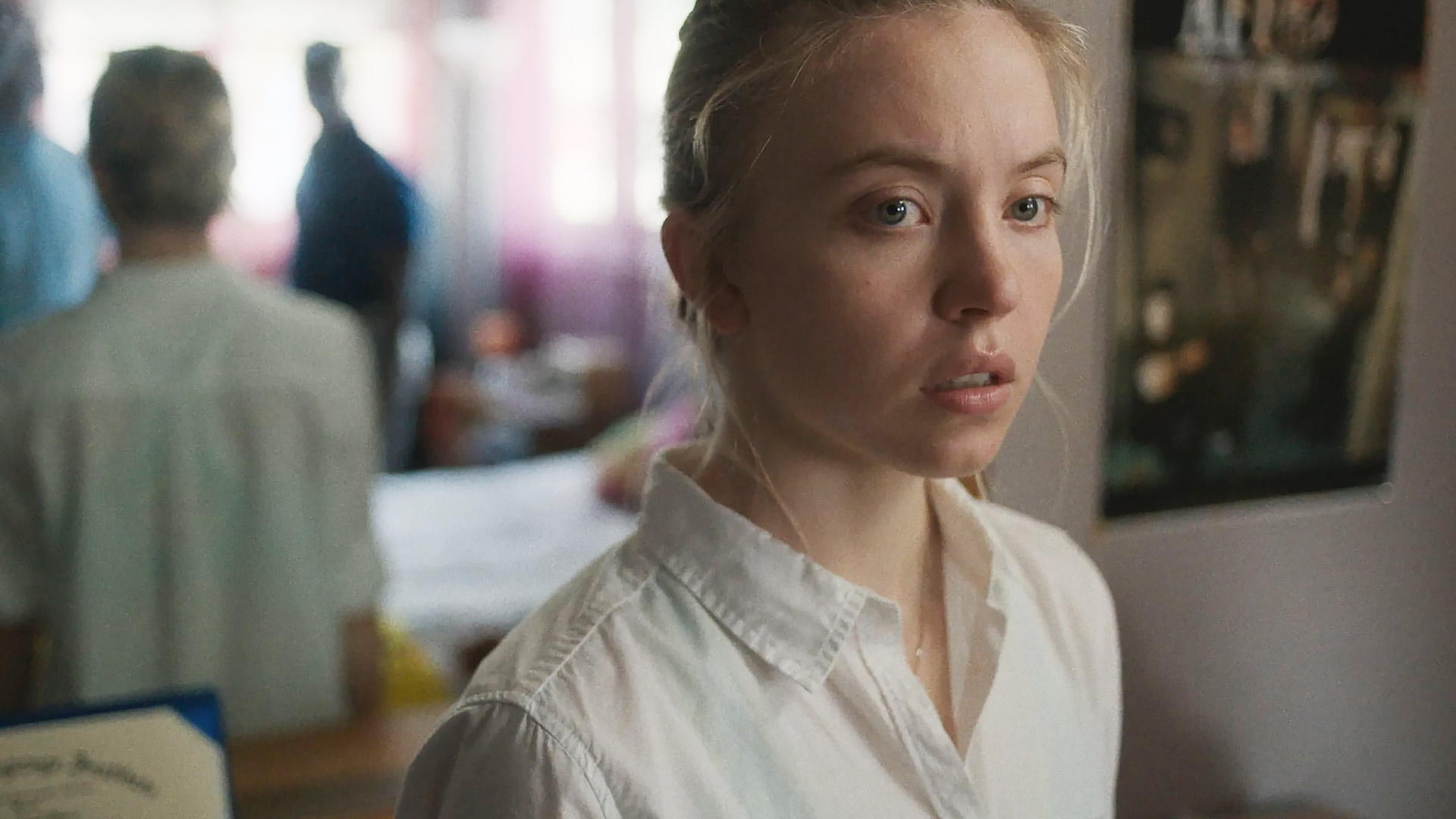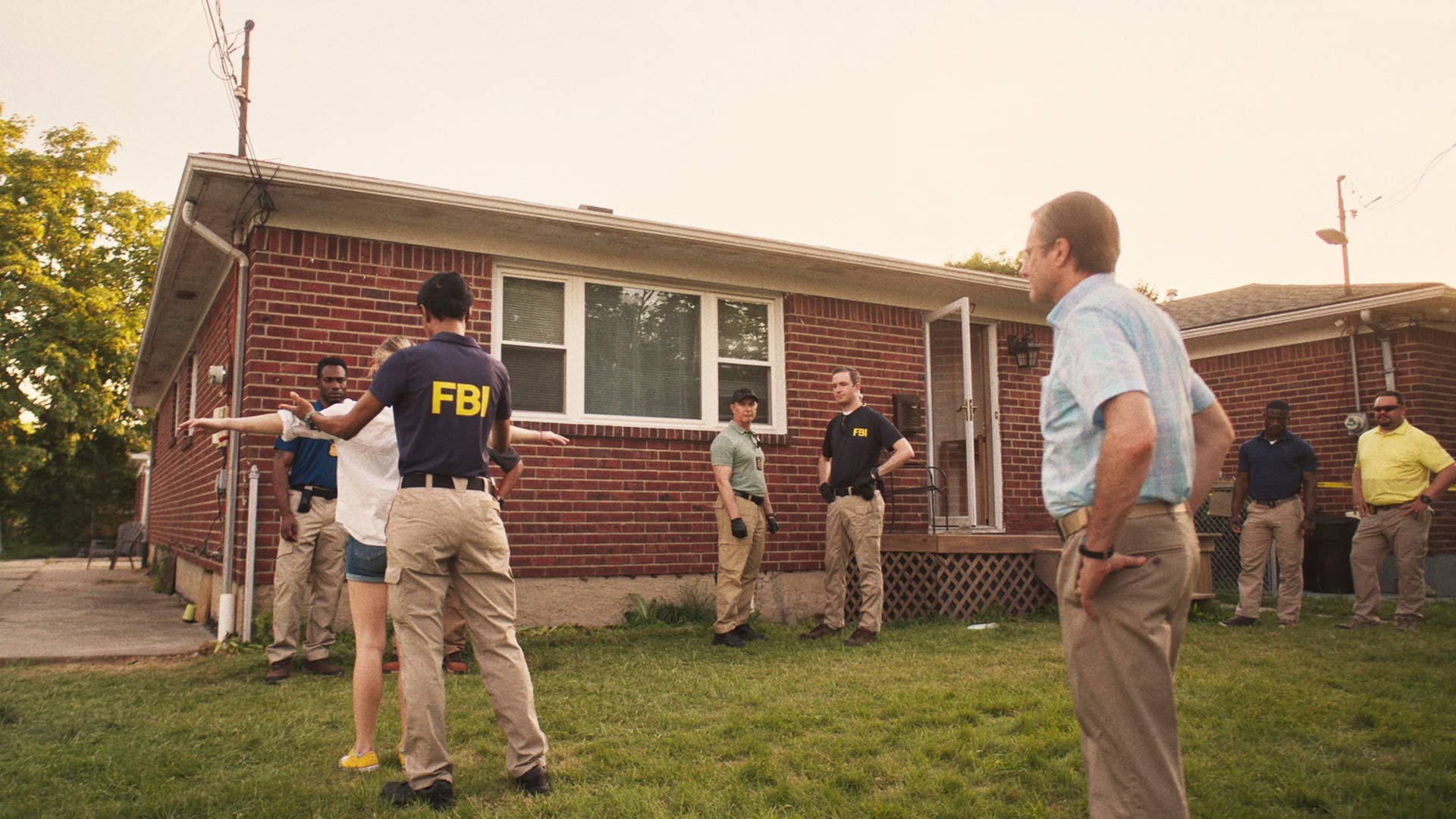Now streaming, Reality is one of this year’s strangest crime dramas

Essentially one long, intense conversation pulled from actual government transcripts, Reality stars Sydney Sweeney as a whistleblower under fire. Luke Buckmaster found the political thriller both experimental and satisfying.
Sydney Sweeney, who’s best-known for her roles in Euphoria and the first season of The White Lotus, delivers a grippingly focused performance, tense as all get-out, as an NSA whistleblower in this very carefully modulated film directed by Tina Satter. Reality isn’t officially considered an adaptation, but should it be? None of the dialogue was penned by Satter (credited as a co-screenwriter with James Paul Dallas) and the film’s central gimmick—which makes it perhaps the strangest crime drama of the year—boxes it in, creatively-speaking, far more than any literary or theatrical source would. The process of adaptation usually involves keeping, ditching, and inventing whatever you want—but that’s not the case here.
Reality is essentially one great big conversation drawn—and here’s the twist—entirely from FBI transcripts. These documents detail an interrogation that took place between FBI agents and the aforementioned whistleblower, Reality Winner, after she leaked a classified report revealing Russian interference in the 2016 US election. The execution of this very interesting concept doesn’t take any getting used to; there’s no steep curve or adjustment period.
Going in, you’ll know that confrontation between the various parties is inevitable. This brings a strained and suspenseful quality to interactions between Winner and the two agents—Garrick (Josh Hamilton) and Taylor (Marchánt Davis)—who arrive with warrants to search her house and belongings. Both are variants of the good cop, at least initially, Garrick especially going hard on chit-chat, making small talk with Winner about her dog, crossfit exercises, etcetera, everybody playing it cool.
You can sense performances within performances: the agents pretending to be friendly and innocuous, the protagonist pretending to be nonplussed and full of sangfroid. Each party has diametrically opposed motivations, which is a fundamental source of dramatic friction: in this instance the desire to reveal (the agents) versus to conceal (Winner). From a broader point-of-view, the latter is paradoxical, given this is the story of a whistleblower.
As the film creeps along, Satter melodically rising the tension, one really wants a firm understanding of what’s going on; we crave revelations. And, for me, the ability to interject: there were times when I wanted to take Winner aside and say please, look after yourself, get a lawyer!

You can feel the screws tightening as Satter stretches out Reality‘s long central sequence, virtually the entire film, following it to a preordained conclusion. In other productions the director could cut away, jump forward in time or relocate the drama. Here, adhering to the premise, her options are limited. Certain things can be sped up, like the pitch and tempo of the dialogue. And there are occasional cutaways: in one interesting choice, the director inserts into the middle of the film an Instagram picture posted by the actual Winner. But this film is a compelling example of leveraging impact from limitations. It has a tight sense of spatial and temporal consistency, the action unfolding mostly in a single setting, the flow of time like the rhythms of real-life.
Beyond the dialogue, the sounds of the film are heavily influenced by a shapeshifting electronic score, with sparsely atmospheric dings and bells that rise and reverberate. When the tone intensifies, and one can feel the agents approaching accusations, the entire weight of the film gets heavier, and the joints of it stiffen and swell. The ancient art of conversation—mixed with highly dramatic circumstances—is doing its thing: moving, troubling, provoking us. This film is a reminder that satisfying dramatic structures are baked into everyday existence. Should we consider the transcript itself to be a work of art?




















